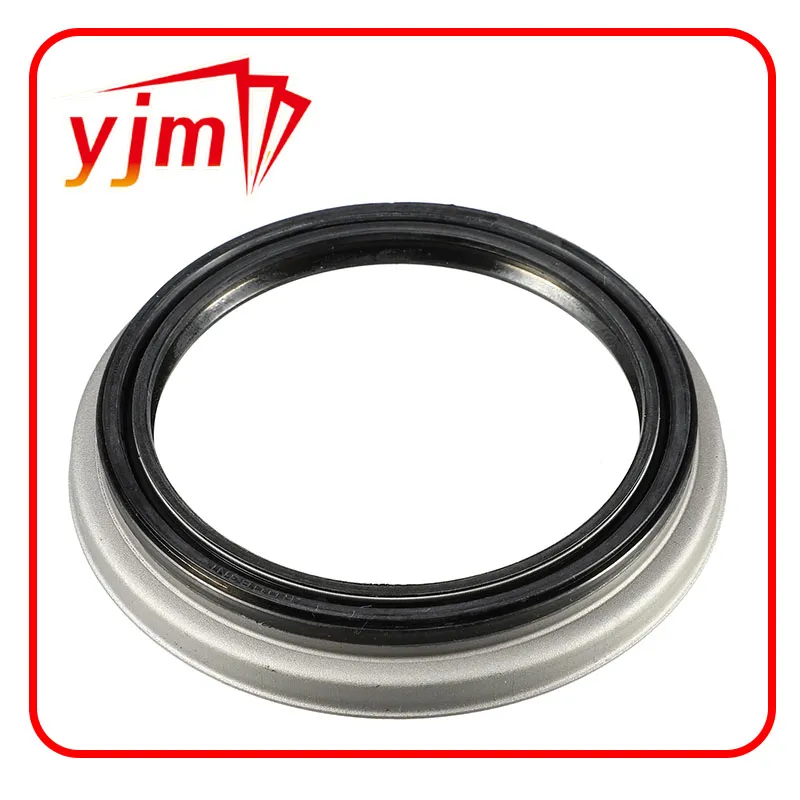M16x1 Sump Plug for Improved Engine Performance and Oil Management
Understanding the M16x1.5 Sump Plug An Essential Component in Automotive Maintenance
In the world of automotive maintenance, the sump plug is an often overlooked but vital component. Specifically, the M16x1.5 sump plug plays a critical role in ensuring the integrity and functionality of an engine's lubrication system. This article delves into the details surrounding the M16x1.5 sump plug, including its specifications, importance, installation, and maintenance tips.
What is a Sump Plug?
A sump plug, also known as a drain plug, is a small but significant fitting found at the bottom of an engine's oil sump or oil pan. Its primary function is to provide a means for draining the oil during maintenance procedures, like oil changes. The M16x1.5 designation refers to the size and thread pitch of the plug. M16 indicates a metric thread diameter of 16 millimeters, while 1.5 refers to the thread pitch—the distance between adjacent threads—measured in millimeters. This specific sizing is common in various automotive applications, particularly in European vehicles.
Importance of the M16x1.5 Sump Plug
1. Preventing Oil Leaks The sump plug provides a crucial seal for the oil pan. If the plug is damaged or improperly installed, it can lead to oil leaks, which can compromise engine lubrication and lead to severe engine damage over time.
2. Ease of Maintenance Regular oil changes are essential for the longevity and performance of an engine. The M16x1.5 sump plug allows for efficient oil drainage, making routine maintenance simpler and less messy.
3. Ensuring Proper Oil Levels A securely fastened sump plug ensures that the oil remains contained within the oil pan. This prevents the loss of lubrication, which is critical for maintaining proper engine operation.
Installation Tips for the M16x1
.5 Sump PlugInstalling or replacing a sump plug requires some basic automotive knowledge and a few tools. Here are some steps to ensure a correct installation
m16x1 5 sump plug

1. Prepare the Area Begin by parking the vehicle on a level surface and ensuring that the engine is cool. Gather the necessary tools, including a socket wrench, a new sump plug, and a new gasket or washer if required.
2. Drain the Old Oil Remove the old sump plug carefully. Be prepared for some oil to spill out. Allow the oil to drain completely into an appropriate container for recycling.
3. Inspect the Threads Before installing the new M16x1.5 sump plug, inspect the threads in the oil pan for damage or debris. Clean if necessary to ensure a tight seal.
4. Insert the New Plug Place the new sump plug with its washer or gasket into the opening. Hand-tighten it to ensure it fits securely before using a wrench for proper torque.
5. Torque Specifications Consult the vehicle’s service manual for the correct torque specifications for the M16x1.5 sump plug to prevent over-tightening, which can damage the oil pan.
6. Check for Leaks After adding new oil, start the engine and let it run for a few minutes. Check the sump plug area for any signs of leaks. If everything looks secure, you’re all set.
Maintenance and Replacement
Generally, the sump plug should be inspected during every oil change. If you notice any wear, cracks, or signs of corrosion, it’s essential to replace the plug immediately. Additionally, always use a quality plug designed to meet the specifications of your vehicle. Using the correct size and pitch, such as the M16x1.5, is crucial for ensuring a tight and leak-free fit.
Conclusion
The M16x1.5 sump plug is more than just a simple component; it’s a critical protector of your engine’s health. Proper installation and regular maintenance of this plug can prevent leaks and other significant issues that could impair engine performance. By paying attention to this often-overlooked component during your automotive maintenance routine, you can help ensure your vehicle runs smoothly and efficiently for years to come. Understanding and caring for such details contribute to the overall reliability of any automobile, making the M16x1.5 sump plug an essential part of responsible vehicle ownership.
-
Understanding Polaris Front Differentials: Key Components for Off-Road Performance
News Jun.20,2025
-
Understanding Crankshaft Seals and Gaskets: Essential Components for Engine Longevity
News Jun.20,2025
-
Understanding Crankshaft Oil Seals: Vital Protection for Engine Performance
News Jun.20,2025
-
The Vital Role of Front and Rear Crankshaft Seals in Engine Protection
News Jun.20,2025
-
Rear Crankshaft Seals: Protecting Your Engine from the Back End
News Jun.20,2025
-
Crank Oil Seals: What They Do, How They Fail, and What They Cost
News Jun.20,2025
-
Understanding Oil Crush Washers: A Small Component with a Big Role in Vehicle Maintenance
News Jun.19,2025
Products categories















